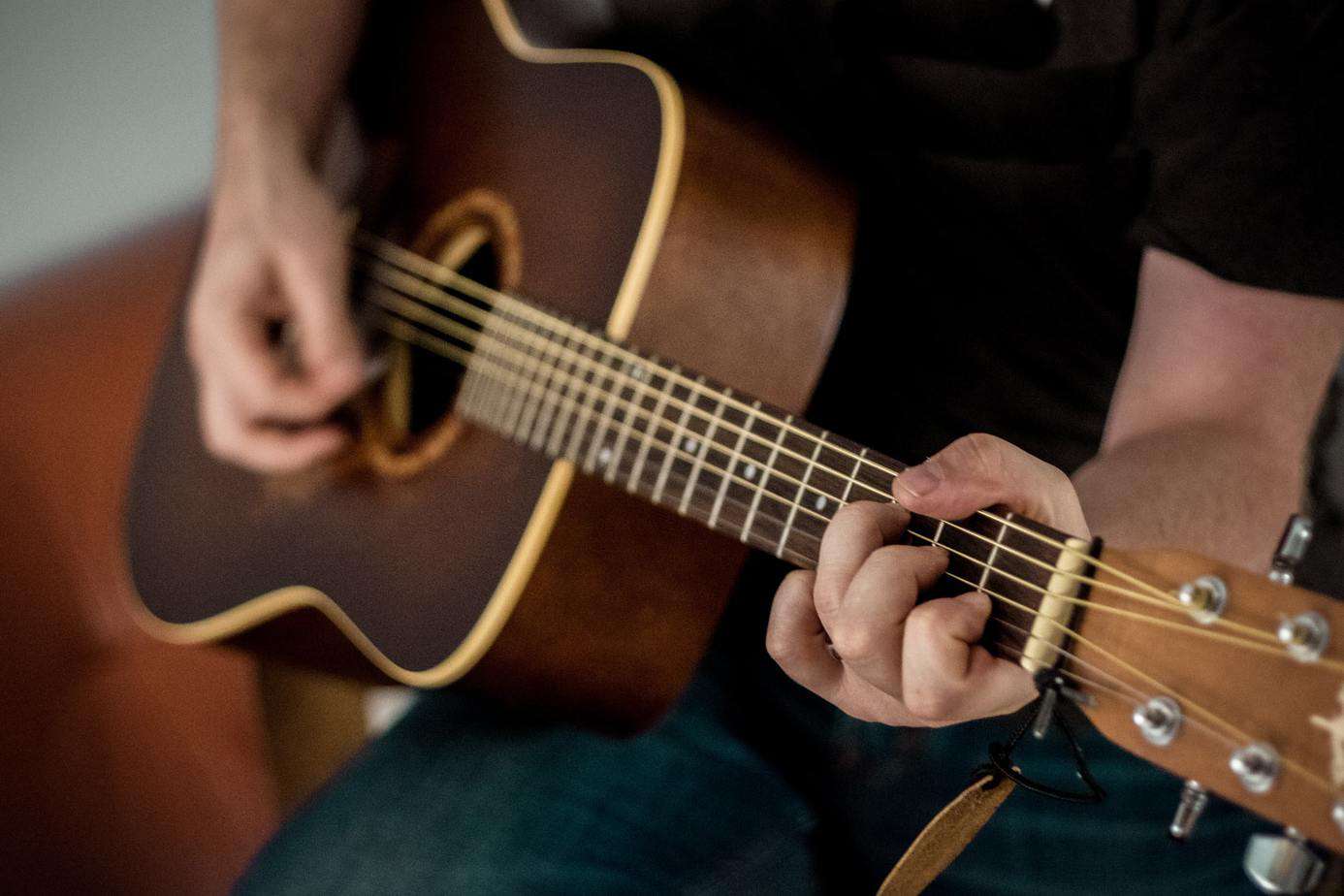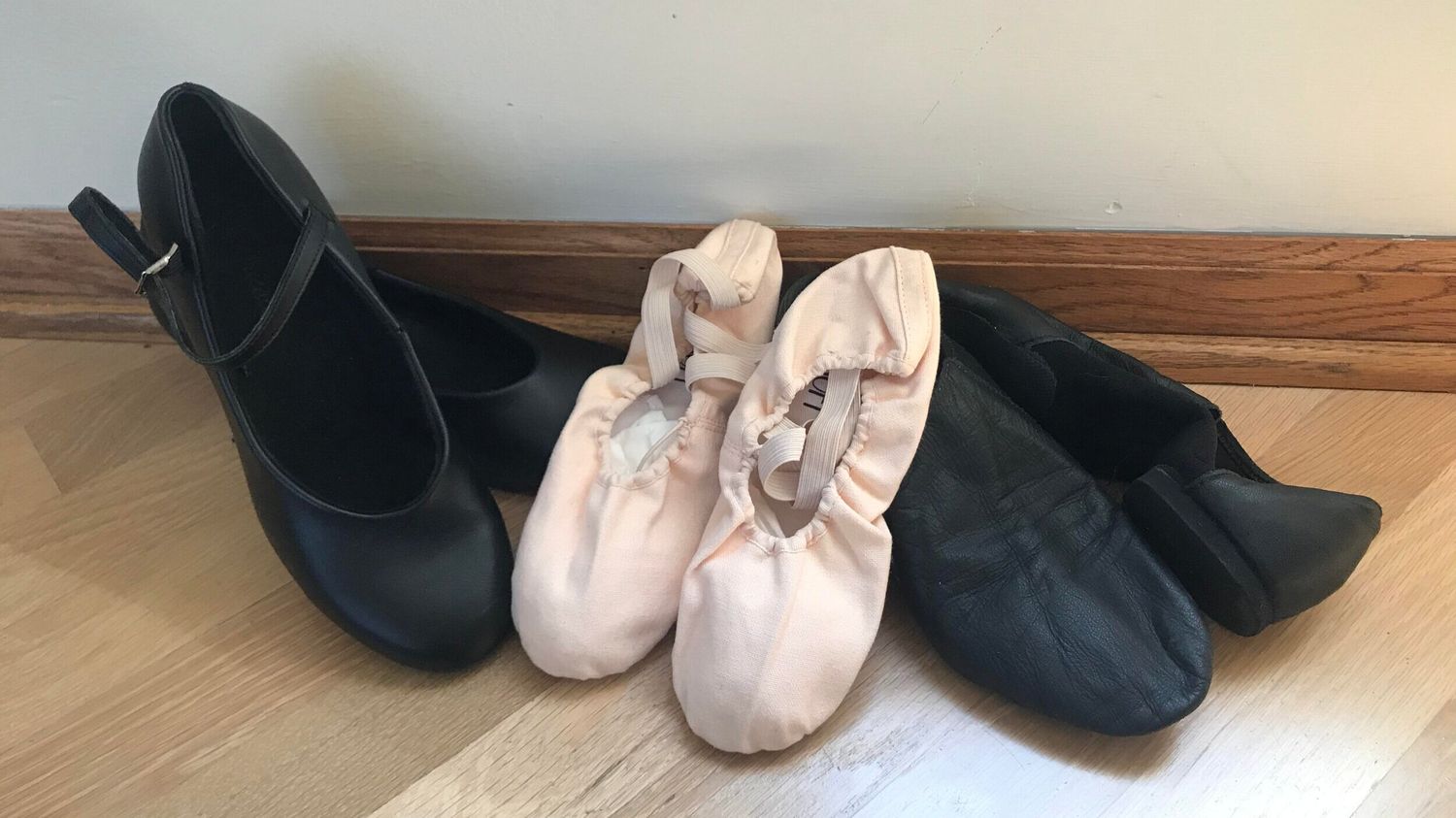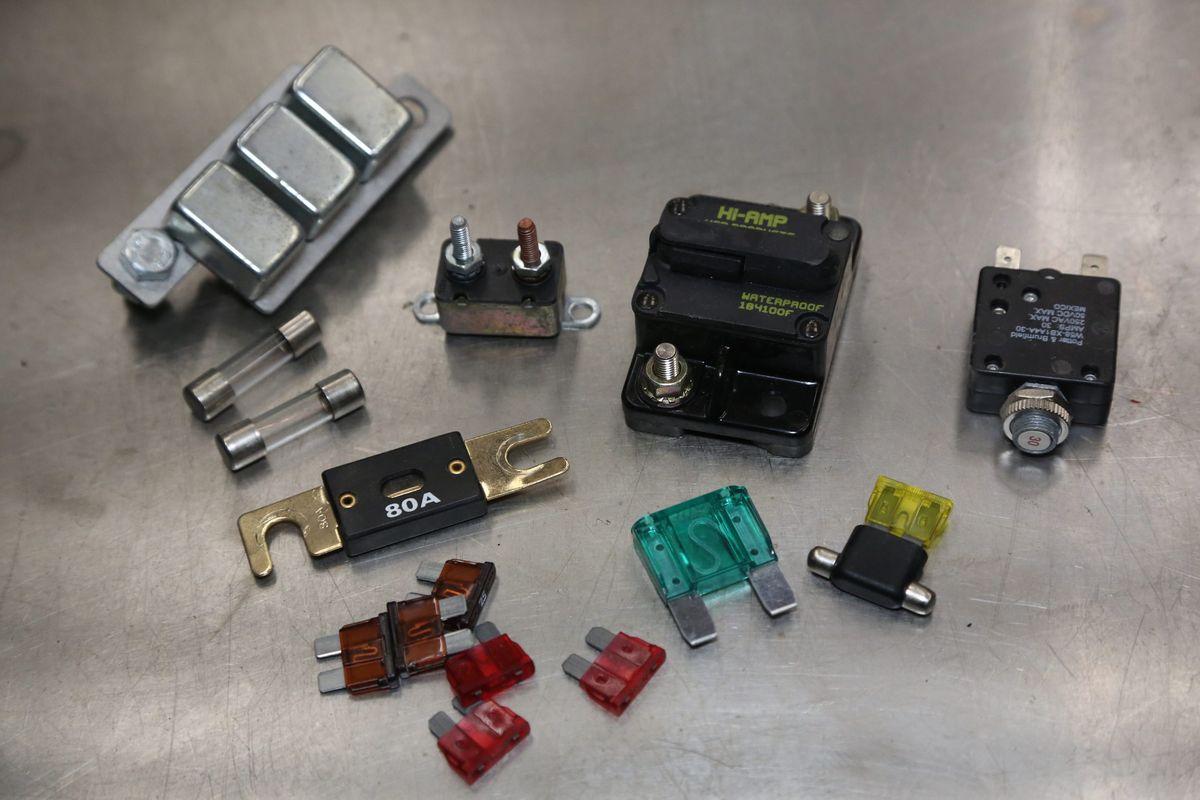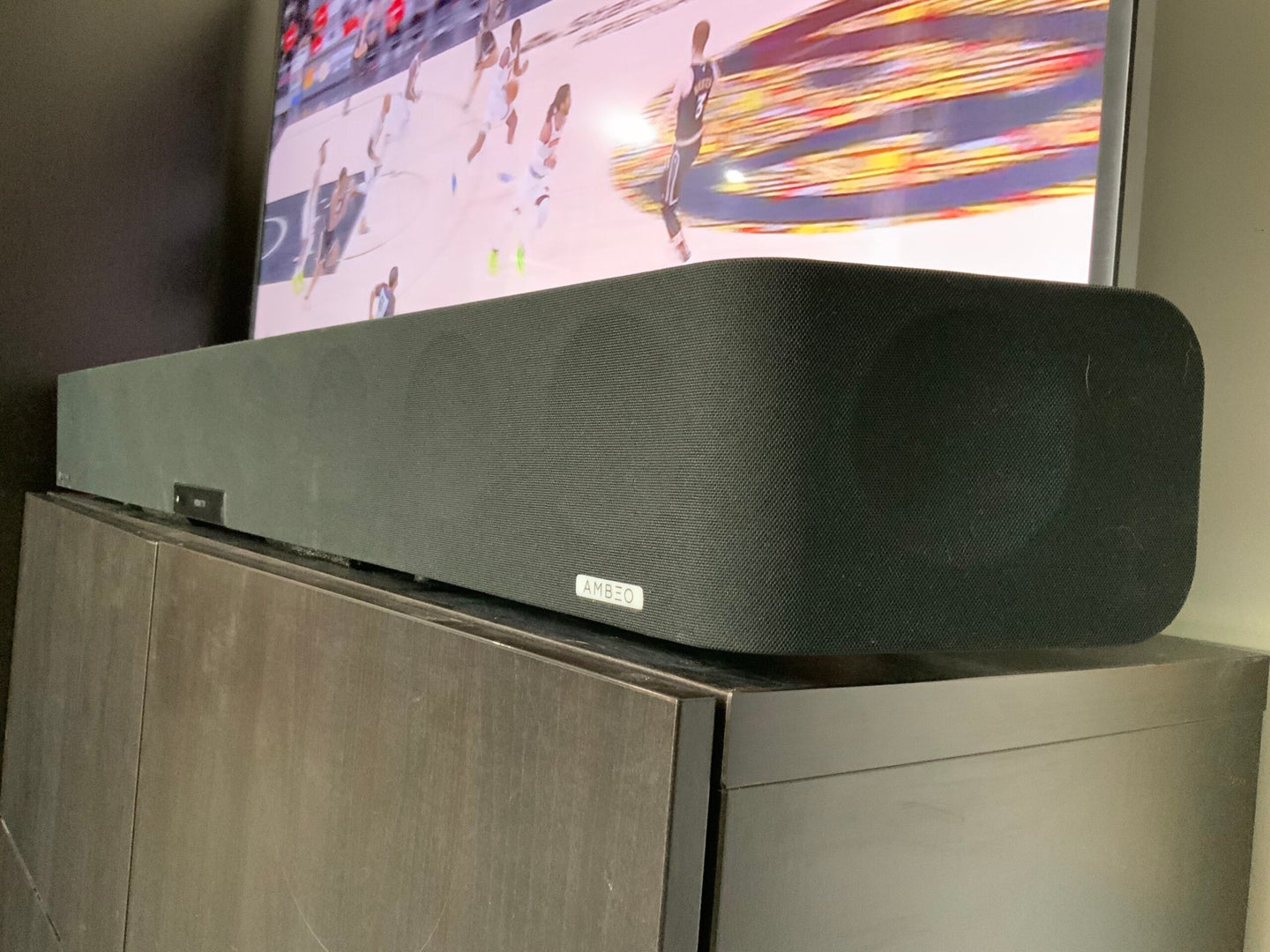Home>Instruments>Guitar>What Size Is A 3/4 Guitar


Guitar
What Size Is A 3/4 Guitar
Published: February 15, 2024
Discover the perfect size for your 3/4 guitar and find the ideal fit for your playing style. Learn about the dimensions and benefits of a 3/4 guitar today!
(Many of the links in this article redirect to a specific reviewed product. Your purchase of these products through affiliate links helps to generate commission for AudioLover.com, at no extra cost. Learn more)
Table of Contents
Introduction
Guitars are not one-size-fits-all instruments. They come in various sizes to accommodate players of different ages, body types, and skill levels. Understanding the distinctions between these sizes is crucial for selecting the right instrument. One popular option is the 3/4 guitar, which has gained traction due to its versatility and convenience.
In this comprehensive guide, we will delve into the world of guitar sizes, focusing specifically on the 3/4 guitar. We'll explore the unique characteristics of this instrument, its advantages and disadvantages, and the ideal candidates for its use. Whether you're a beginner seeking your first guitar or a seasoned player looking for a travel-friendly option, this article will equip you with the insights needed to make an informed decision.
Guitar enthusiasts and aspiring musicians alike often encounter the question, "What size is a 3/4 guitar?" This query reflects the curiosity surrounding this intermediate-sized instrument. By the end of this guide, you'll not only have a clear answer to this question but also a deeper understanding of the nuances that set the 3/4 guitar apart in the musical landscape. Let's embark on this enlightening journey to unravel the mysteries of the 3/4 guitar and its significance in the realm of music.
Understanding Guitar Sizes
Before delving into the specifics of the 3/4 guitar, it’s essential to grasp the concept of guitar sizes as a whole. Guitars come in various sizes, each catering to different demographics and playing styles. The most common sizes include full-size, 3/4, 1/2, and 1/4, with full-size being the standard adult guitar and the others designed for younger or smaller players.
These fractional sizes are not arbitrary; they are designed to provide a comfortable playing experience for individuals with different physical attributes. The size of a guitar affects not only its playability but also its sound. Smaller guitars typically produce a brighter, more focused tone, while larger guitars offer a deeper, fuller sound.
When selecting a guitar size, it’s crucial to consider the player’s age, height, hand size, and playing preferences. Younger or smaller players may struggle with a full-size guitar, finding it unwieldy and uncomfortable to play. In contrast, a 3/4 guitar offers a more manageable option without compromising on sound quality.
Understanding guitar sizes involves recognizing that a smaller instrument can be advantageous in certain scenarios. Whether it’s for travel, live performances, or simply for the comfort of the player, the size of a guitar plays a pivotal role in the overall playing experience. With this foundational knowledge in place, we can now explore the specific dimensions and characteristics of the 3/4 guitar.
What Size Is a 3/4 Guitar?
A 3/4 guitar, as the name suggests, is three-quarters the size of a standard full-size guitar. This reduction in size makes it an ideal choice for players who may find a full-size guitar too large or cumbersome. The 3/4 guitar typically suits individuals in the 8-12 age group, as well as some smaller adults who prefer a more compact instrument.
While the overall length and width of a 3/4 guitar are smaller than those of a full-size instrument, the scale length (the vibrating length of the strings) is proportionally shorter. This means that the frets and fret spacing on a 3/4 guitar are closer together, making it easier for smaller hands to navigate the fingerboard and form chords comfortably.
Despite its smaller size, a well-crafted 3/4 guitar can deliver a rich and balanced tone, offering a surprisingly resonant sound that defies its compact dimensions. This makes it an attractive option for young learners and traveling musicians who prioritize portability without sacrificing sound quality.
It’s important to note that the 3/4 designation may vary slightly among guitar manufacturers, so it’s advisable to physically assess the instrument and ensure that it feels comfortable and suits the intended player’s needs before making a purchase. Ultimately, the goal of a 3/4 guitar is to provide a comfortable and enjoyable playing experience for individuals who may struggle with a full-size instrument, without compromising on sound quality or craftsmanship.
Advantages and Disadvantages of a 3/4 Guitar
Like any musical instrument, the 3/4 guitar has its own set of advantages and disadvantages. Understanding these can help aspiring guitarists, parents, and educators make informed decisions when considering a 3/4 guitar for practice, performance, or learning purposes.
Advantages:
- Comfortable Playability: The smaller size of a 3/4 guitar makes it more manageable for younger players or individuals with smaller hands. This enhances comfort and reduces the likelihood of strain during extended playing sessions.
- Portability: 3/4 guitars are more portable and easier to transport than full-size guitars, making them an excellent choice for traveling musicians, buskers, and those who want to practice or perform on the go.
- Accessible Learning: Young beginners can find the 3/4 guitar less intimidating, allowing them to focus on learning chords, scales, and techniques without feeling overwhelmed by a larger instrument.
- Brighter Tone: Due to their smaller size, 3/4 guitars often produce a brighter and more focused tone, which can be desirable in certain musical styles.
Disadvantages:
- Limited Low-End Sound: Smaller guitars may have a reduced bass response compared to full-size instruments, which can impact their suitability for certain genres or playing styles that rely heavily on deep, resonant tones.
- Transition to Full-Size Guitars: If a player eventually transitions to a full-size guitar, they may need to readjust to the larger instrument, which could initially pose challenges in terms of finger positioning and overall comfort.
- Resale Value: Some 3/4 guitars may have a lower resale value compared to full-size guitars, as they are tailored to a specific demographic and may not cater to a broad market.
Understanding the pros and cons of a 3/4 guitar allows individuals to weigh the benefits against the potential limitations, enabling them to make an informed decision based on their specific needs and musical aspirations.
Who Should Consider a 3/4 Guitar?
Choosing the right guitar size is crucial for a comfortable and enjoyable playing experience. The 3/4 guitar, in particular, is well-suited for certain individuals based on their age, physical stature, and musical aspirations.
Young Beginners:
Young aspiring guitarists, typically in the 8-12 age range, often find the 3/4 guitar to be an ideal starting point. Its smaller dimensions make it more manageable for smaller hands, allowing young learners to navigate the fretboard and form chords with greater ease. The reduced scale length also contributes to a more accessible learning experience, enabling children to focus on technique and musical expression without feeling overwhelmed by a full-size instrument.
Traveling Musicians:
For musicians who are frequently on the move, whether for performances, busking, or travel, a 3/4 guitar offers enhanced portability without sacrificing playability or tone quality. Its compact size makes it easier to transport and store, making it a practical choice for those who need a reliable instrument on the go.
Adults with Petite Frames:
Some smaller adults, including those with petite frames or individuals with mobility or dexterity challenges, may find the 3/4 guitar to be a more comfortable and ergonomic option. It provides a better fit for their physical dimensions, reducing strain and promoting a more enjoyable playing experience.
Classroom Settings:
In educational settings, such as schools or music academies, 3/4 guitars are often recommended for young students due to their suitability for smaller hands and their overall manageability. They can facilitate a positive and encouraging learning environment, setting the stage for musical exploration and skill development.
Ultimately, those who should consider a 3/4 guitar are individuals who prioritize comfort, accessibility, and portability without compromising on sound quality. By understanding the specific needs and preferences of the player, the 3/4 guitar can serve as a valuable tool for musical expression and skill development.
Conclusion
In the diverse world of guitars, the 3/4 guitar holds a unique position, offering a compelling blend of accessibility, portability, and playability. As we’ve explored, the 3/4 guitar is three-quarters the size of a standard full-size guitar, making it an attractive option for young beginners, traveling musicians, and individuals with petite frames.
Understanding the nuances of guitar sizes, including the distinctive characteristics of the 3/4 guitar, is essential for selecting the right instrument to match the player’s needs and aspirations. The 3/4 guitar’s reduced dimensions provide a comfortable playing experience for younger learners, while its portability makes it a practical choice for musicians on the go.
While the 3/4 guitar offers numerous advantages, such as comfortable playability and accessible learning, it’s important to consider potential limitations, including its tonal characteristics and the potential need for adjustment when transitioning to a full-size instrument.
Ultimately, the decision to opt for a 3/4 guitar should be based on the player’s age, physical stature, and musical objectives. Whether it’s igniting a passion for music in a young beginner, providing a travel-friendly companion for the wandering musician, or offering a comfortable playing experience for individuals with petite frames, the 3/4 guitar serves as a versatile and valuable instrument in the world of music.
By recognizing the significance of guitar sizes and the role of the 3/4 guitar in meeting specific needs, individuals can make informed choices that enhance their musical journey. Whether strumming chords, picking melodies, or exploring new sonic landscapes, the 3/4 guitar stands as a testament to the inclusive and adaptable nature of musical expression.











